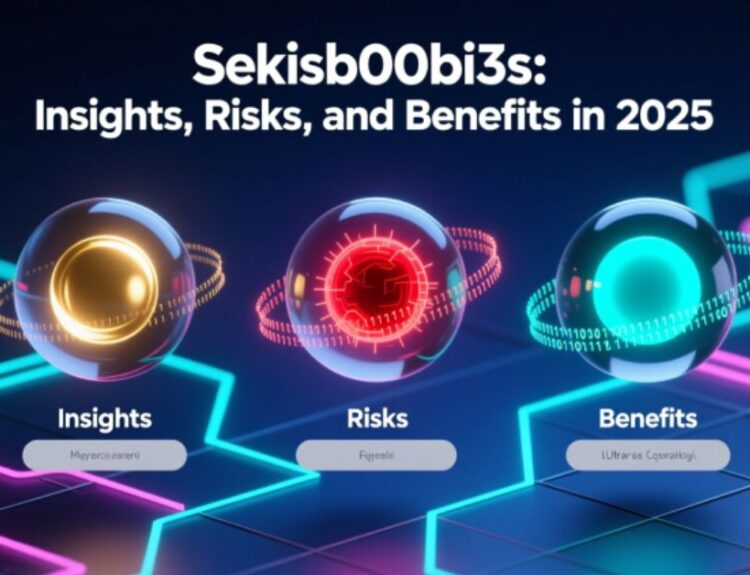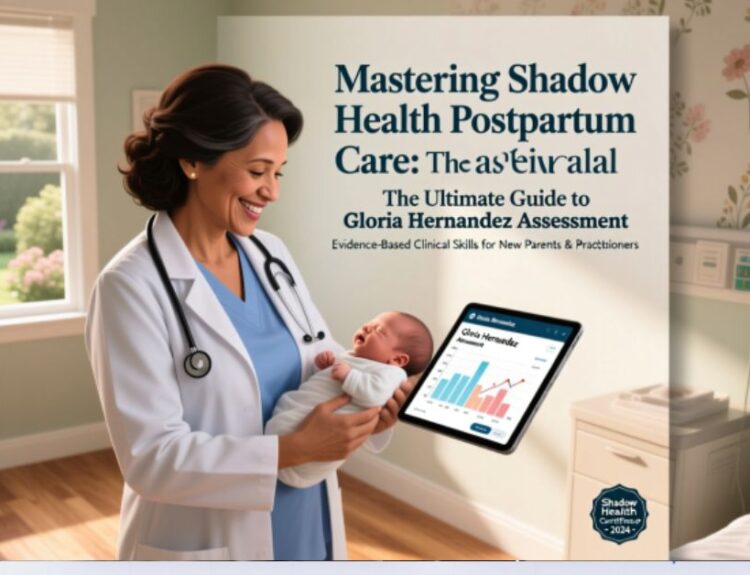In our modern world, technology sits at the edge of every nightstand. Screens glow, devices ping, and online content streams endlessly, all shaping how quickly and deeply we sleep. The oneframework approach helps you understand sleep health through six distinct pathways where technology interacts with rest. This guide dives into those six ways with clear, easy-to-implement steps, so you can reclaim more consistent, restorative sleep without sacrificing the benefits of a connected life. Throughout, you’ll find practical tips, simple tables, and concrete examples to make the guidance actionable. The goal is not to vilify technology but to tune its influence so your nights become calmer, easier to navigate, and more refreshing.
- Blue light exposure and melatonin suppression
Light is the master clock that tells your brain when to wake up and when to wind down. When you view screens in the evening, your eyes are exposed to blue wavelengths that can delay the onset of melatonin, the hormone that helps you feel sleepy. The result is a later bedtime and shallower sleep, even if you feel tired. The oneframework view of technology’s impact on sleep health highlights how widespread screen use before bed can shift your circadian rhythm by delaying the natural signal to sleep. To counter this effect, consider several complementary steps. First, create a wind-down ritual that minimizes screen time for at least 60 to 90 minutes before bed. Second, use device settings or third‑party apps that shift screens toward warmer colors and lower brightness as evening progresses. Third, physically distance devices from your face and reduce the overall brightness of screens in the hour leading up to sleep. Fourth, when possible, replace late-night screen time with non-screen activities such as reading a paper book, journaling, or gentle stretching. In practice, these steps help restore melatonin timing and improve sleep onset.
Table: Quick tips to reduce blue light exposure by device
| Device type | Typical evening exposure risk | Practical steps to mitigate |
|---|---|---|
| Smartphones and tablets | High blue light during the hours before bed | Enable night mode or warmth settings, lower brightness, and limit use to the last hour before bed; keep devices away from the face |
| Laptops and desktops | Moderate exposure if used late | Dim the display, enable warm color temperature, and schedule a hard stop for work-related screens at least 60 minutes before bed |
| Televisions and streaming devices | Light source in dark rooms; less predictable | Use ambient lighting, keep the TV off at least an hour before bed, or switch to a non-screen activity |
| E-readers (e-ink) | Minimal blue light; generally better for late-night use | If using backlit devices, enable low brightness and warm color setting; otherwise, swap to non-backlit options if possible |
| Bedroom lighting (LEDs) | Ongoing exposure; not screen-based but affects room ambiance | Use warm, dim lighting in the evening; avoid bright ceiling lights close to bedtime |
- Notifications and cognitive arousal
Constant alerts recruit your attention, fragment your focus, and trigger brief bursts of dopamine that keep your brain in a heightened state. Even if you think you’re asleep, the anticipation of a notification or the memory of a message can interrupt sleep stages, reduce sleep efficiency, and lead to waking episodes. The oneframework lens emphasizes how the mere presence of devices and ongoing connectivity can raise cognitive arousal at night. To minimize disruption, you can adopt a few simple strategies. Enable Do Not Disturb or Focus modes during pre-sleep hours and overnight, schedule quiet hours on your phone, and consolidate notifications to essential apps only. Keep your device out of reach of the bed when not actively needed, and tally a nightly ritual that signals “end of the day” for your digital life. For many people, a dedicated charge station outside the bedroom creates a psychological boundary between work or social life and sleep, reducing wake-ups caused by a ping in the night.
Table: Example notification management plan
| Time window | Settings to enable | Expected benefit |
|---|---|---|
| 7:00 pm – 9:00 pm | Review and batch notifications; turn on Do Not Disturb after 9 pm | Reduces daytime-to-nighttime arousal as you wind down |
| 9:00 pm – 6:00 am | Do Not Disturb with exceptions only for emergencies | Fewer interruptions during sleep cycles |
| Overnight | Phone in another room or on airplane mode | Decreases chance of waking from late-night alerts |
- Pre-bedtime content and emotional arousal
What you consume in the hours before sleep matters as much as how bright your screen is. News cycles, social media feeds, and fast-moving video content can provoke worry, anger, or stress, all of which activate the autonomic nervous system and make it harder to settle into sleep. The oneframework 6-way perspective treats pre-bedtime content as a distinct channel: it can either contribute to a calm, winding-down state or fuel cognitive load that delays sleep onset. To preserve a peaceful transition to night, curate the last-energy window around bed. Choose soothing or non-stimulating content if you must engage with media in the evening. Consider a simple routine like “wind-down reading” or a short mindfulness exercise before sleep, and reserve stimulating content for daytime use. If scrolling at night is unavoidable, keep the content light and non-urgent to reduce emotional spikes that can spill into sleep.
Table: Pre-bed content guidelines
| Content type | Impact on sleep | Suggested approach |
|---|---|---|
| News and politics | High arousal; potential anxiety | Limit exposure to a specific time window earlier in the day; avoid news right before bed |
| Social media and messaging | Social comparison and emotional swings | Use a digest or neutral content; set a 15–20 minute limit before bed |
| Violent or tense media | Strong emotional arousal | Avoid completely before bedtime; pick calm, uplifting material if you want to unwind |
| Educational or hobby content | Neutral to low arousal | Acceptable in moderation, with mindful pacing to prevent late-night cognitive spikes |
| Entertainment (fiction/series) | Varies by intensity | Choose lighter, predictable content; avoid cliffhangers close to bed if possible |
- In-bed devices, charging habits, and environmental factors
Having screens or devices in the bed can extend light exposure, heat emission, and even vibrations that disturb sleep. The oneframework model notes that the mere habit of using devices in bed can create conditioned cues that keep the brain on standby for interaction, which interferes with the switch from wakefulness to sleep. You don’t need to ban technology entirely, but you can create a clear boundary around where and when devices belong. Charge devices outside the sleep space, ideally across the room, and avoid bringing devices into bed unless necessary. If you must use a device for an alarm or emergency, consider a dedicated alarm clock rather than relying on a smartphone. Also, be mindful of device heat and the slight warming impact if your phone sits on the pillow or under the covers. A cooler, screen-free bed routine turns the bedroom into a sleep-forward environment that supports deeper, more restorative rest.
Table: Bedtime device placement ideas
| Scenario | Placement | Sleep impact |
|---|---|---|
| Charging overnight | Outside the bed in a charging station | Reduces nighttime heat, electrical field exposure, and bed-side temptation |
| Alarm clock use | Dedicated device on a dresser or nightstand away from pillow | Less screen dependence at night; easier wake-up cue without smartphone dependence |
| Reading or winding down | Physical books or e-reader away from bed | Encourages a true wind-down without screen engagement |
- Sleep timing, schedule rigidity, and circadian misalignment
Technology can tempt you to stretch evenings, binge-watch, or delay bedtime, which disrupts the body’s natural clock. The oneframework approach highlights how irregular sleep windows undermine sleep quality through misalignment with your internal circadian rhythm. The impact isn’t just about how long you sleep; it’s about when you sleep. Regularity helps your body anticipate rest, improves sleep efficiency, and supports better daytime functioning. If your evenings frequently drift, set a firm “lights out” time and practice a calming routine that signals the transition to slumber. A consistent schedule doesn’t have to be severe—start with a 15-minute earlier bedtime each week and build toward a stable, predictable pattern that suits your life. If you must stay up later occasionally, aim to return to your regular schedule the next night instead of defaulting to an irregular pattern. - Sleep tracking, data obsession, and privacy concerns
Many people use wearables or phone apps to monitor sleep stages, duration, and quality. While data can inform better habits, it can also cause anxiety or obsessive patterns, especially when metrics don’t align with how you feel. The six-way model acknowledges that sleep tracking can be a double-edged sword: it can illuminate trends and motivate improvement, or it can provoke stress and reduce sleep quality if you become preoccupied with numbers. Approach sleep data with a balanced mindset. Use tracking as a guide rather than a verdict, set limits on how often you check results, and focus on actionable changes rather than chasing perfect scores. Also consider privacy implications: review which apps have access to your data, how they store information, and whether you’re comfortable with the level of sharing. A mindful, limited use of sleep tracking can support healthier habits without turning your nights into an ongoing science experiment.
Table: Sleep tracking best practices
| Practice | Benefit | Boundaries to set |
|---|---|---|
| Use tracking data as a guide | Helps identify patterns and habits | Limit reviews to once daily; avoid constant monitoring during the night |
| Focus on actionable changes | Turns data into real improvements | Implement one change at a time (e.g., screen time, bedtime routine) |
| Review privacy settings | Protects personal information | Choose apps with transparent data practices; disable unnecessary permissions |
Putting the six ways together
The oneframework approach emphasizes that technology affects sleep health through six interconnected channels: blue light exposure, notifications and arousal, pre-bed content, in-bed devices and environment, sleep timing and regularity, and sleep tracking with associated data concerns. Each channel can operate independently, yet they often interact. For example, reducing blue light exposure can also lessen cognitive arousal in some people, and establishing a consistent bedtime can ease the brain’s transition from wakefulness to sleep, even if you must use devices for essential tasks earlier in the evening. The key is to create a coherent, personalized routine that prioritizes calm, low-stimulation activity as bedtime approaches, while setting practical boundaries on how and where technology enters the sleep space. With intention, you can partially decouple your sleep health from the most disruptive tech habits without sacrificing the advantages of a connected life.
Conclusion
The oneframework 6 ways technology affects your sleep health guide is designed to be practical, not punitive. Start by choosing one or two changes that feel doable this week—perhaps enabling a nightly Do Not Disturb window and moving charging stations away from the bed. Track how these shifts influence your sleep quality over the next week. Then add a third change, like a fixed bedtime or a dedicated wind-down routine that minimizes screen time. Over time, the cumulative effect of these small adjustments can yield meaningful improvements in sleep quality, daytime energy, and overall well-being. By staying mindful of how technology interacts with your sleep, you empower yourself to reclaim restful nights and wake with more clarity, resilience, and vitality.
FAQs
How can I tell if daytime technology use is affecting my sleep, and what changes help if I notice a problem?
Answer: Daytime habits—like extended exposure to screens during the late afternoon or early evening, frequent multitasking with devices, and irregular breaks from work—can influence evening arousal and sleep quality. A practical approach is to establish predictable work blocks, take deliberate screen breaks every 60–90 minutes, and schedule a tech-free wind-down period before bed. If you notice persistent sleep difficulties despite daytime changes, consider consulting a sleep specialist to explore other factors such as stress, medical conditions, or sleep disorders.
Do blue light–blocking glasses actually improve sleep, or are they a cosmetic solution?
Answer: The evidence is mixed. For some people, wearing blue light–blocking glasses in the two hours before bed can reduce blue light exposure and help with sleep onset, especially if you cannot avoid screen use in the evening. For others, the effect is modest, and other strategies (like reducing screen time, using warm color settings, and creating a dim, calm sleep environment) may be more impactful. If you’re curious, try them for a short trial period while keeping other sleep hygiene practices consistent, and assess how you feel.
Are children and teens affected differently by technology’s impact on sleep compared to adults?
Answer: Young people often have higher sensitivity to screen time and blue light due to developing circadian systems and later bedtimes associated with social and school demands. In kids and teens, prioritizing consistent sleep schedules, limiting screen use before bed, and ensuring age-appropriate content can be especially important. Parents and caregivers should model healthy tech habits and establish family guidelines for device use in the evening, while balancing social and educational needs.
Can bright outdoor lighting at night (urban light pollution) disturb sleep, even if I don’t use devices late at night?
Answer: Yes. Ambient light from streetlights, neon signs, and outdoor lighting can penetrate bedrooms and suppress melatonin, reducing sleep quality. If you sleep in a bright room, consider blackout curtains or an eye mask to reduce light exposure at night. Creating a darker sleep environment complements other steps you take to manage technology’s impact on sleep health.






